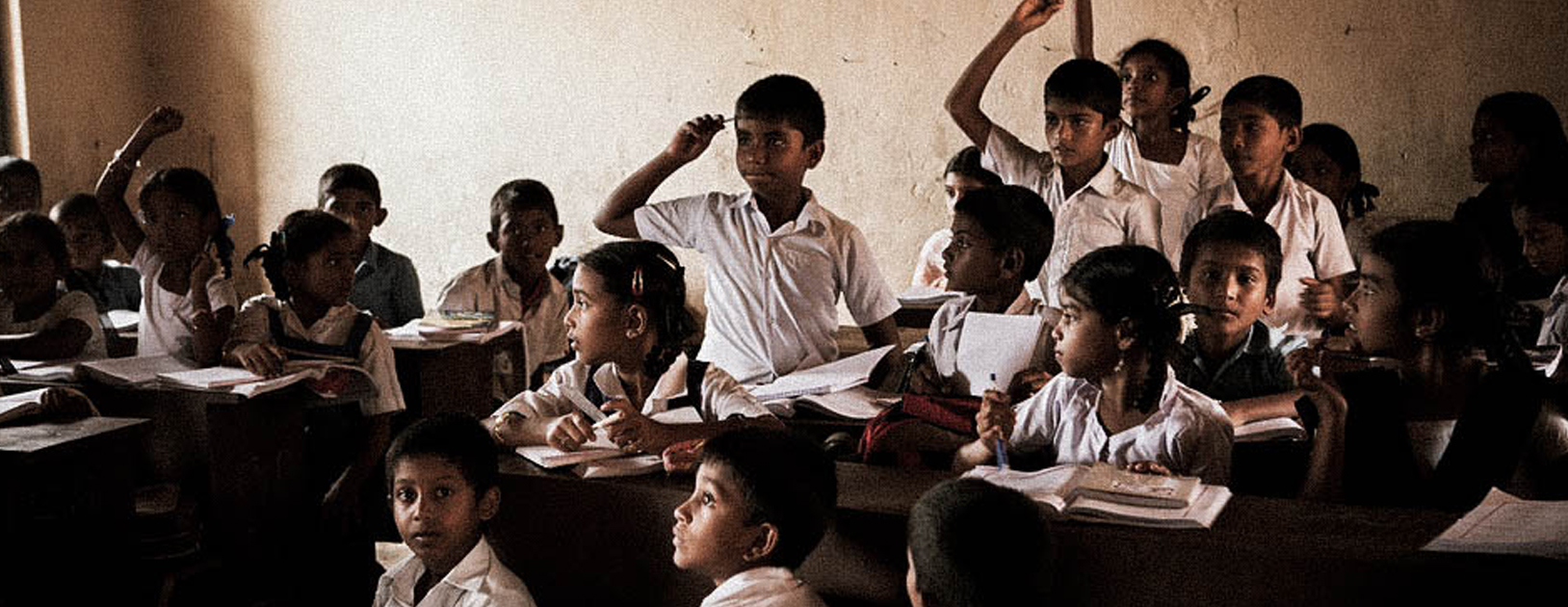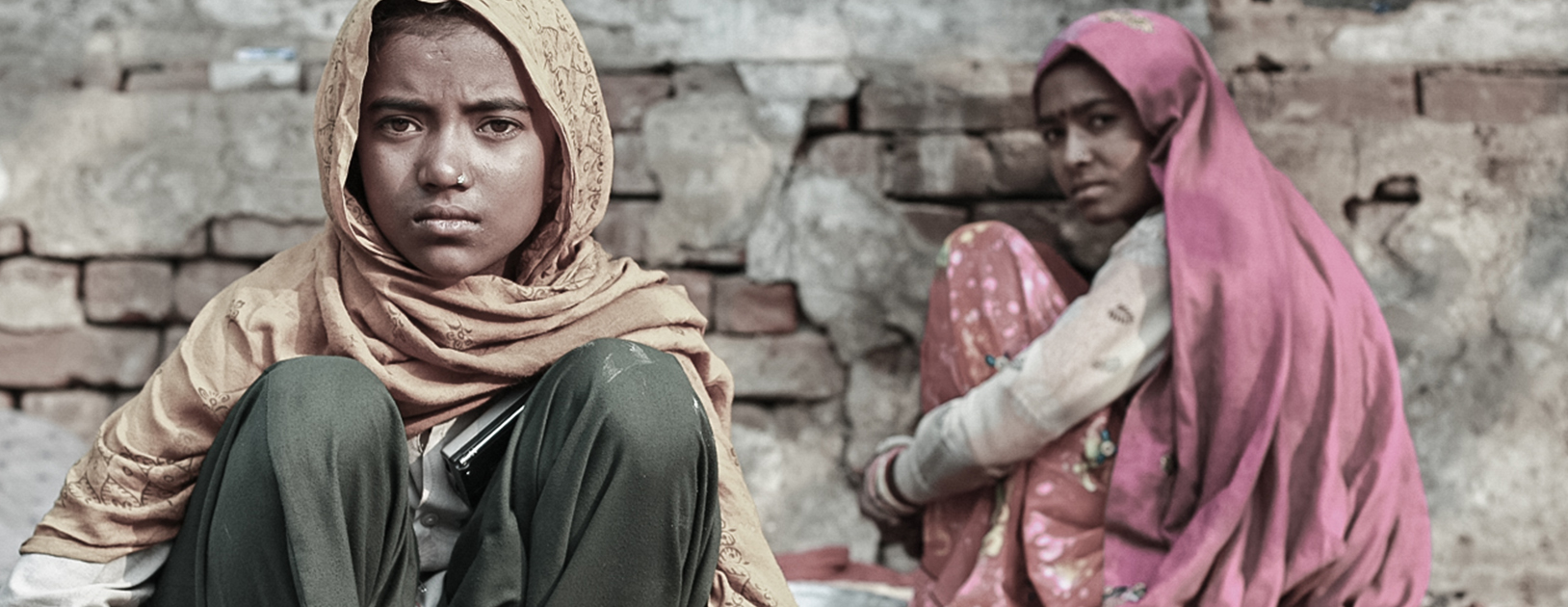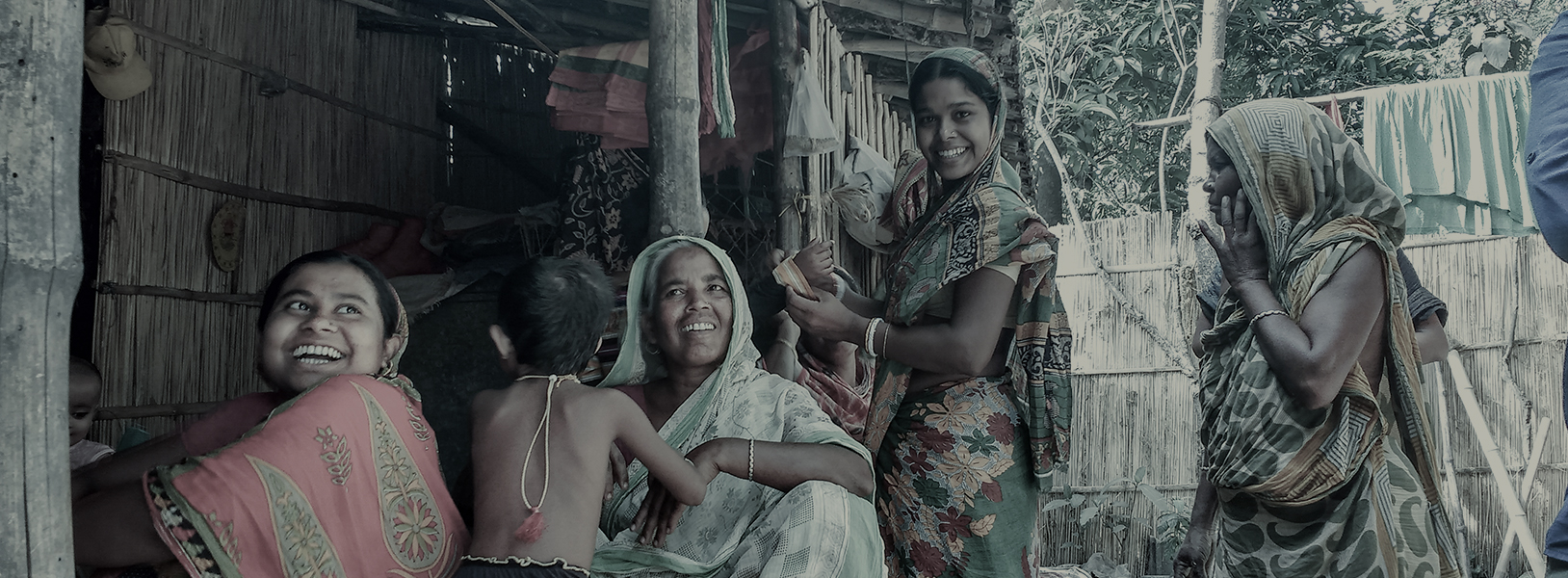Context: What is the research about?
In Delhi, as in many other Indian cities, millions of men, women and children who live in slums and informal settlements have to daily confront the lack of adequate sanitation facilities. These sanitation inequalities impact the health and socioeconomic status of women and girls more because of their greater social vulnerability to sexual violence, as well as the role played by biology in their need for privacy, safety and cleanliness.
- Who or what is responsible for such socioeconomic consequences of the lack of adequate sanitation infrastructure in Indian cities, which perpetuate gender inequalities?
- How do issues like gender-based violence impact the everyday lives of women and girls living in slums in particular?
This project report examines these issues using the notion of infrastructural violence and then examines the harms and suffering caused by a lack of sanitation infrastructure in two long-established localities in Delhi: Mangolpuri and Kusumpur Pahari. The study was an ethnographic research carried out over months of extensive interviews and case studies.
What is infrastructural violence?
One approach to understanding the harms inflicted when urban sanitation infrastructures malfunction is to use the concept of infrastructural violence that seeks to identify the political economy underlying the socio-spatial production of suffering in contemporary cities.
This research report focuses on the notion of passive exclusion of women and girls from sanitation infrastructures. When women and girls from slum communities are forced to enter dangerous spaces daily to satisfy their biological needs due to their physical exclusion from sanitation infrastructure (due to various reasons like safety, cost, social norms), they are often exposed to gendered, caste and class-based forms of both physical and emotional violence, which can produce immediate and lifelong multiple harms, sufferings and exclusions.
Who were the participants?
The women and girls who participated in this survey ranged in age from 17 to 60 years. There were five women in the 20-24 age group, eight women in the 25-29 age group, three in the 55-59 age group, two each in the 15-19, 45-49 and 55-59 age groups, and one in the 60-65 age group, which provided a good diversity of experiences.
20 were married, nine were single and two were widowed. They were residents of Kusumpur Pahari, an urban village in south Delhi, and JJC (Jhuggi Jhopri Clusters) pockets of Mangolpuri, which is a resettlement colony in West Delhi.
What were the findings?
- Research findings on how private and community toilets are used in Mangolpuri and Kusumpur Pahari highlight the frequent inaccuracy of statistics collected in household surveys. Persons conducting such surveys generally presume that if a household has a toilet facility there is no need for further questions on other sanitation activities. But as this research’s survey has shown, some members of households with private toilets still use community toilet complexes (CTCs) or open defecation (OD) sites often due to issues such as lack of water in the case of Kusumpur Pahari, or the inconvenient location within a household for an elderly woman.
- For participants from households who use CTCs every day, the patterns of usage are determined by the opening hours. When CTCs are closed during the day, or after 10 pm, residents are left with no choice but OD.
- Design flaws like half-doors or open roofs also dissuade women from using a toilet block due to the fear of being seen.
The research survey and interviews have identified three types of harms caused by this irregular access to sanitation infrastructure:
- Gender-based violence and harassment experienced when going to a CTC or OD site – the greatest numbers of incidents of harassment and violence took place at OD sites (14 responses) followed by CTCs (nine responses). Nine women said they experienced some form of violence or harassment nearly every day.
- Psychosocial stresses – these relate to the fear, stress and shame that women suffer because of the harassment, teasing and intimidation they experience when going about their daily sanitation activities. Some examples of psychosocial stressors that came out of the study include-
- Fear of being bitten by snakes, dogs and other animals in forest defecation sites in Kusumpur Pahari;
- Fear of injury when defecating on slopes and hillsides, on roadside or in drains;
- Fear of sexual assault or rape;
- Stress of not being able to report incidences of harassment or violence due to bringing shame on themselves and their household, or facing revenge from perpetrators;
- Stress of having to ‘control’ body functions.
- Economic impacts on individuals and households – economic harms are caused by a lack of adequate sanitation facilities in two ways: i) first, there is ‘lost’ time incurred in having to often walk for 10-20 minutes to reach a CTC, wait in a queue and then return home. Nearly half the participants in this survey who use a CTC said that it took 6 to 15 minutes to walk each way, while another 37 percent said they took 16 to 30 minutes to walk each way; ii) the second economic impact is the cost of fees for the use of a CTC. High user charges were given as a reason for not using a CTC by 23 per cent of participants, which means their only option was OD.
Who is responsible?
This research report therefore argues that ‘passive’ sanitation infrastructural violence occurs in cities such as Delhi because of two factors.
- The first is the lack of political will at all levels of the Indian state to take a systematic approach to the planning, implementation and maintenance of sanitation infrastructure. In the case of CTCs, the failure of urban local bodies and agencies to take responsibility for designing toilets that satisfy women’s biological and socio-cultural needs, along with a lack of regular cleaning, maintenance and water supply, frequently rendered them unfit for use.
- The second is the continuing lack of analysis of gender as a process (based on unequal power relations) in the policy, design and location of public and community toilets. Merely building more toilets to achieve targets set by governments will never solve urban India’s sanitation poverty if they continue to remain unused due to degradation and the lack of safety for women and girls.
Suggestions for future urban policy:
Based on the results, comments and suggestions collected by this research project, certain suggestions are made for addressing the harms and suffering experienced by women residents of informal settlements.
- Local urban authorities must develop effective maintenance regimes for CTCs before building them and this includes providing a reliable water supply. Clean and well-maintained CTCs will encourage use and reduce OD prevalence;
- Local women must be allowed to participate in the decision-making process about the design and location of new CTCs in their neighbourhood;
- CTCs must be open 24 hours a day to prevent the continuation of OD practices;
- There must be increased lighting along the roads and pathways leading to CTCs so as to improve safety for women and girls at night;
- There is a need to consider having more than one caretaker per toilet block. This would help to reduce incidents of violence and harassment and could prevent the theft of taps and locks and other forms of vandalism at CTCs.
The full report can be accessed here.






